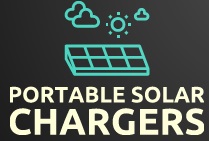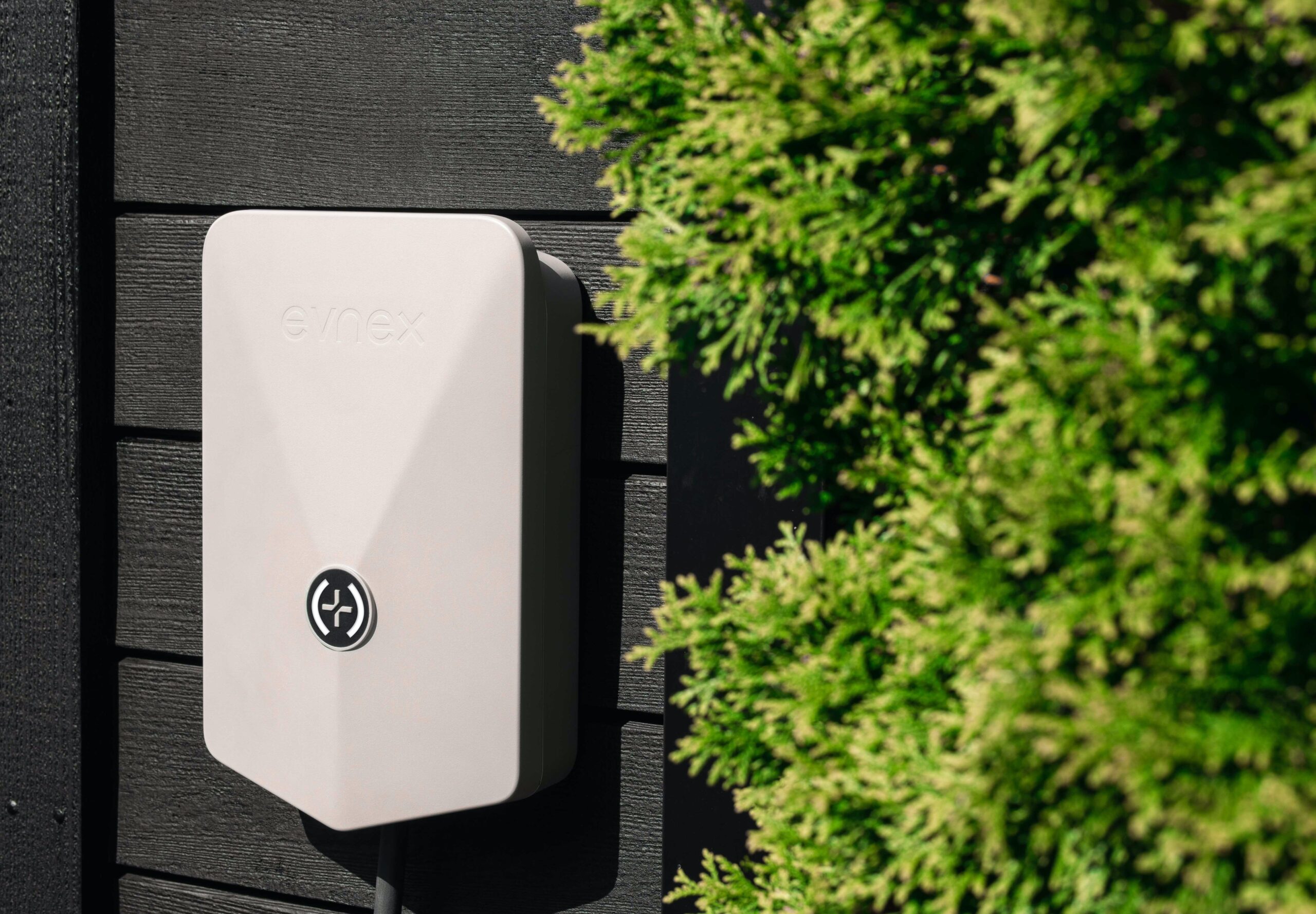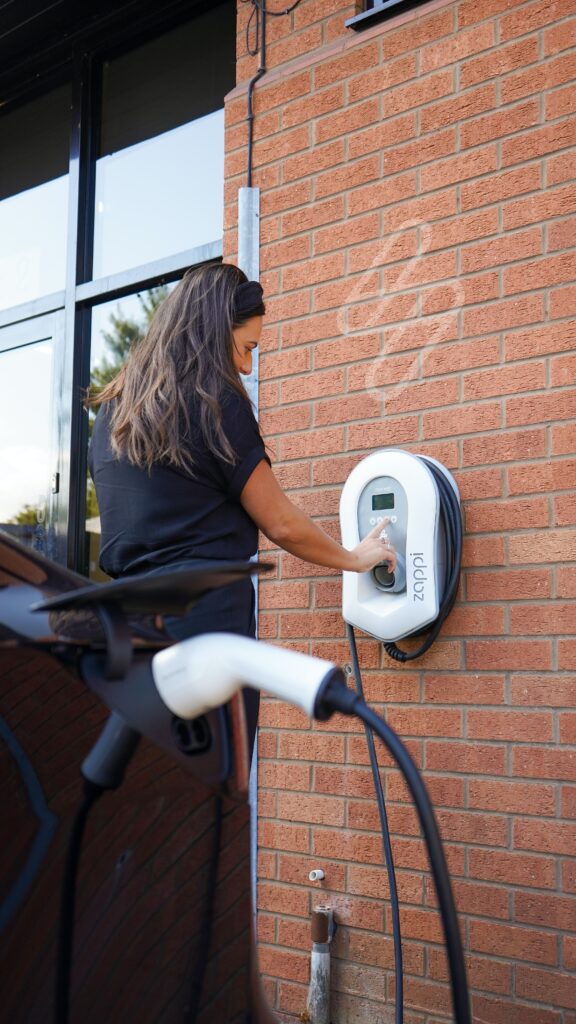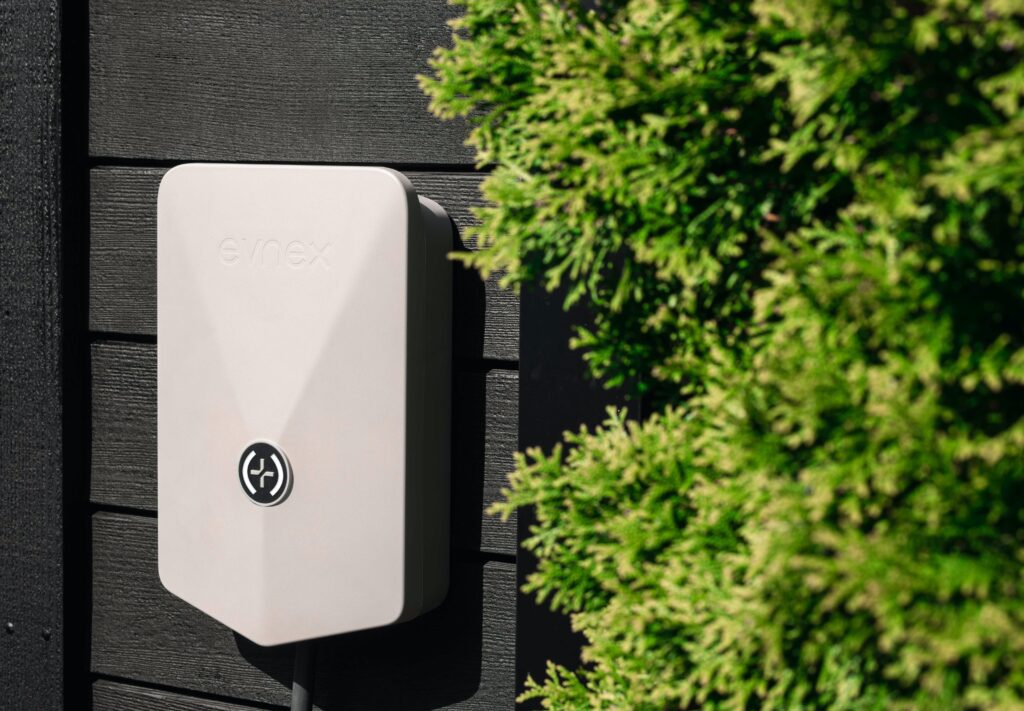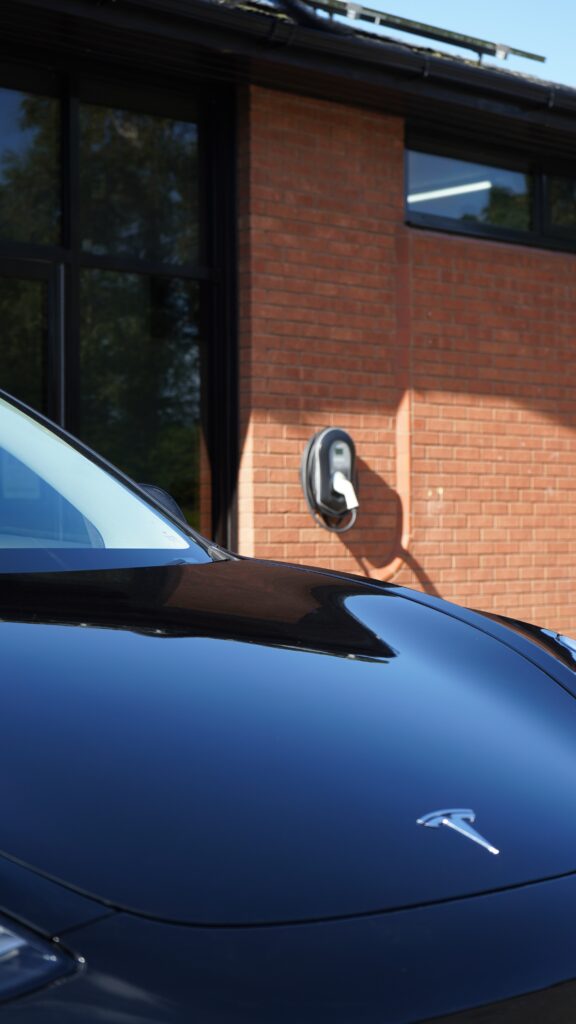If you’re wondering whether a solar charger can effectively maintain your motorhome battery, you’re not alone! With the growing popularity of solar energy, many people are turning to solar chargers as an eco-friendly and cost-effective way to power their vehicles. In this article, we’ll explore the benefits of using a solar charger for your motorhome battery and provide useful tips on how to choose the right charger for your specific needs. So, if you’re looking to harness the power of the sun and keep your battery charged, read on!
1. Understanding Solar Chargers
Solar chargers are a popular and eco-friendly way to charge batteries using the power of the sun. They harness the energy from sunlight and convert it into electricity, which can be used to charge various types of batteries, including those found in motorhomes. Understanding how solar chargers work and the different types available is crucial in making an informed decision for maintaining your motorhome battery.
1.1 How do solar chargers work?
Solar chargers work by utilizing photovoltaic (PV) cells, commonly known as solar panels, to convert sunlight into electricity. These PV cells are made up of semiconductor materials that generate an electric current when exposed to sunlight. The solar panels are connected to a charge controller, which regulates the charging process and prevents overcharging of the battery.
1.2 Types of solar chargers
There are two main types of solar chargers: standalone solar chargers and solar charger kits. Standalone solar chargers are individual units that consist of a solar panel, charge controller, and battery all in one. On the other hand, solar charger kits include separate components that can be customized and installed according to your specific needs. These kits often include solar panels, charge controllers, batteries, and wiring.
1.3 Factors to consider when choosing a solar charger
When choosing a solar charger for your motorhome battery, several factors should be taken into account. These include the capacity and efficiency of the solar panel, the battery charging parameters, the power output and fluctuations of the charger, and the monitoring and maintenance requirements of the system. It’s important to select a solar charger that is compatible with your motorhome battery and meets your energy needs.
2. Maintaining Motorhome Batteries with Solar Chargers
2.1 Why choose a solar charger for a motorhome battery?
Using a solar charger to maintain your motorhome battery offers numerous advantages. Firstly, solar chargers are a clean and renewable energy source, reducing your carbon footprint. Secondly, they provide a reliable and independent source of power, allowing you to stay off-grid for extended periods. Additionally, solar chargers can help prolong the lifespan of your motorhome battery by preventing overcharging or discharging.
2.2 How can a solar charger help maintain a motorhome battery?
A solar charger ensures that your motorhome battery remains charged by harnessing the power of the sun. It continuously monitors the state of charge and optimizes the charging process to prevent undercharging or overcharging, which can lead to battery damage. By maintaining the battery at an optimal charge level, a solar charger helps prolong its lifespan and ensures that it is always ready for use.
2.3 Benefits of using solar chargers for motorhome batteries
Using solar chargers for motorhome batteries offers several benefits. Firstly, it provides a cost-effective way to charge your battery, as solar energy is free and abundant. Secondly, it promotes self-sufficiency and independence by allowing you to generate your electricity wherever you go. Lastly, solar chargers reduce noise pollution and eliminate the need for fuel consumption, making them environmentally friendly and sustainable.
3. Sizing and Installing a Solar Charger for Your Motorhome Battery
3.1 Determining the appropriate size of the solar charger
To ensure optimal charging performance, it is crucial to select the right size solar charger for your motorhome battery. This involves considering the battery’s capacity, your power consumption needs, and the amount of sunlight available. Calculating the wattage requirements and the number of solar panels needed will help determine the appropriate size of the solar charger.
3.2 Steps to install a solar charger for your motorhome battery
Installing a solar charger for your motorhome battery can be a straightforward process if done correctly. Firstly, you should choose a suitable location for the solar panels, ensuring they are exposed to ample sunlight. Secondly, the solar panels should be securely mounted and connected to the charge controller. Finally, the charge controller and battery should be wired together, following the manufacturer’s instructions.
3.3 Common challenges during installation and how to overcome them
While installing a solar charger for your motorhome battery is generally straightforward, there may be some challenges along the way. These can include limited space for solar panel placement, complex wiring requirements, or compatibility issues between different components. It is important to carefully read the installation instructions, seek professional guidance if needed, and ensure all connections are secure to overcome these challenges.
4. Technical Considerations for Solar Chargers
4.1 Solar panel capacity and efficiency
The capacity and efficiency of solar panels play a crucial role in determining the charging performance of a solar charger. The capacity refers to the maximum power output of the solar panel, while the efficiency indicates how effectively it converts sunlight into electricity. Higher capacity and efficiency allow for faster and more reliable charging, especially in situations with limited sunlight.
4.2 Battery charging parameters
Different types of batteries have specific charging parameters, such as voltage and current requirements. It is essential to choose a solar charger that is compatible with your motorhome battery’s charging parameters to ensure efficient and safe charging. Consult the battery manufacturer’s specifications or seek professional advice to determine the appropriate charging parameters for your specific battery.
4.3 Managing power output and fluctuations
Solar chargers should be equipped with a charge controller that regulates the power output and prevents overcharging or undercharging. The charge controller monitors the battery’s state of charge and adjusts the charging process accordingly. It also protects the battery from power fluctuations and voltage spikes, ensuring a stable and consistent charge.
4.4 System monitoring and maintenance
Regular monitoring and maintenance of the solar charger system are essential to ensure optimal performance and longevity. This includes checking the solar panels for any damage or obstructions, inspecting the wiring connections, and periodically cleaning the panels to remove dust or debris. Additionally, battery maintenance, such as checking the electrolyte levels and equalizing charges if necessary, should be performed according to the manufacturer’s recommendations.
5. Maximizing the Efficiency of Your Solar Charger
5.1 Proper positioning and orientation of solar panels
To maximize the efficiency of your solar charger, it is crucial to position and orient the solar panels correctly. The panels should be angled towards the sun’s path to ensure maximum exposure throughout the day. Additionally, shading from trees or other obstacles should be minimized to prevent any reduction in solar panel performance.
5.2 Ensuring proper wiring and connections
Proper wiring and connections are vital for maintaining efficient charging. It is important to ensure that all connections are secure, free from corrosion, and properly insulated. Using appropriate wire gauge and connectors, as recommended by the manufacturer, will minimize power losses and ensure efficient energy transfer between the solar panels, charge controller, and battery.
5.3 Regular cleaning and maintenance of solar panels
Keeping the solar panels clean and free from dirt or debris is essential for maintaining their efficiency. Regularly cleaning the panels with a soft brush or cloth and mild detergent will remove any accumulated dust or grime. This allows for maximum sunlight absorption and ensures optimal charging performance.
5.4 Monitoring and optimizing energy consumption
To maximize the efficiency of your solar charger, it is important to monitor and optimize your energy consumption. This can be done by using energy-efficient appliances and taking steps to minimize power wastage. For example, using LED lights instead of traditional incandescent bulbs and turning off appliances when not in use can significantly reduce your energy consumption and increase the effectiveness of your solar charger.
6. Precautions and Safety Measures
6.1 Understanding the risks and limitations of solar chargers
While solar chargers are generally safe to use, it is important to understand their limitations and potential risks. Overcharging or discharging a battery can lead to decreased battery life or even permanent damage. It is crucial to choose a solar charger with a charge controller that regulates the charging process and prevents these issues. Additionally, it is important to ensure proper wiring and insulation to minimize the risk of electrical hazards.
6.2 Safety measures during installation and operation
When installing and operating a solar charger, it is important to follow basic safety measures. This includes wearing appropriate protective gear, such as gloves and safety glasses, and ensuring that all connections are made in a secure and insulated manner. It is also important to install the solar panels away from any potential hazards, such as flammable materials, and ensure proper ventilation to prevent overheating.
6.3 Protecting the battery from overcharging or discharging
Overcharging or discharging a battery can be detrimental to its lifespan and overall performance. It is important to choose a solar charger with a charge controller that has built-in protection mechanisms to prevent these issues. Regularly monitoring the battery’s state of charge and adjusting the charging process accordingly will help ensure optimal battery performance and longevity.
6.4 Avoiding exposure to extreme weather conditions
Extreme weather conditions, such as extreme temperatures or severe storms, can have a negative impact on the performance and lifespan of solar chargers. It is important to install the solar panels in a location that is protected from extreme weather conditions. If severe weather is expected, it is advisable to disconnect the solar charger from the battery and take appropriate precautions to ensure the safety and integrity of the system.
7. Frequently Asked Questions (FAQs)
7.1 Can a solar charger completely recharge a motorhome battery?
Yes, a solar charger can completely recharge a motorhome battery if it is properly sized and sufficient sunlight is available. However, the charging time may vary depending on factors such as the battery capacity, solar panel capacity, and available sunlight. It is advisable to choose a solar charger that matches your specific motorhome battery’s charging requirements for optimal performance.
7.2 Will a solar charger work in all weather conditions?
Solar chargers can work in a wide range of weather conditions, but their performance may vary depending on the amount of sunlight available. While solar chargers can still generate electricity in cloudy or overcast conditions, their power output may be reduced. It is important to consider the expected weather conditions and choose a solar charger with sufficient capacity to meet your charging needs.
7.3 How long does it take to charge a motorhome battery with a solar charger?
The charging time for a motorhome battery using a solar charger depends on various factors, including the battery capacity, solar panel capacity, and available sunlight. On average, it can take anywhere from a few hours to a full day to fully charge a motorhome battery. It is important to properly size the solar charger and consider your power consumption needs to ensure timely and effective charging.
7.4 Can I use multiple solar chargers for faster charging?
Yes, you can use multiple solar chargers to increase the charging speed for your motorhome battery. By connecting multiple solar panels and charge controllers in parallel, you can increase the overall wattage and charging capacity of the system. However, it is important to ensure that the batteries and charge controllers are properly wired and synchronized to prevent any compatibility or performance issues.
8. Real-World Experiences and Testimonials
8.1 Case studies of motorhome owners using solar chargers
Several motorhome owners have shared their experiences of using solar chargers to maintain their batteries. These case studies highlight the benefits, challenges, and overall effectiveness of solar chargers in real-world scenarios. By examining these experiences, you can gain valuable insights and make more informed decisions about whether a solar charger is suitable for your motorhome battery.
8.2 Testimonials from users about the effectiveness of solar chargers
Testimonials from users who have successfully used solar chargers can provide valuable firsthand information about their effectiveness. These testimonials often highlight the convenience, cost savings, and environmental benefits of solar chargers. Reading these testimonials can give you a better understanding of how a solar charger can positively impact your motorhome battery’s maintenance.
8.3 Tips and recommendations based on practical experiences
Based on practical experiences, motorhome owners and solar charger users often provide helpful tips and recommendations. These tips can include advice on optimizing solar panel placement, managing power consumption, or troubleshooting common issues. Incorporating these tips into your solar charger setup can help you maximize its efficiency and ensure smooth operation.
9. Comparing Solar Chargers with Other Charging Methods
9.1 Solar chargers vs. generator charging
Solar chargers offer several advantages over generator charging for maintaining motorhome batteries. Solar chargers are silent, environmentally friendly, and do not require fuel, making them more convenient and sustainable. They also provide a continuous source of power without the need for refueling or maintenance. However, generator charging may be necessary in low sunlight areas or during extended periods without sunlight.
9.2 Solar chargers vs. alternator charging
Alternator charging, which utilizes the vehicle’s engine to charge the motorhome battery, is a common method in motorhomes. While alternator charging is convenient on the go, it can lead to battery overcharging or discharging if not properly regulated. Solar chargers offer a more efficient and customizable charging solution, ensuring optimal battery performance and longevity.
9.3 Pros and cons of different charging methods
Different charging methods, such as solar chargers, generator charging, and alternator charging, have their pros and cons. Solar chargers provide clean and renewable energy, reduced operating costs, and independence from external power sources. Generator charging offers high power output and can be used in low sunlight conditions. Alternator charging is convenient while driving but may lead to battery-related issues if not regulated properly. Considering the specific advantages and limitations of each method will help you choose the most suitable charging solution for your motorhome battery.
10. Conclusion
10.1 Summary of key points
Solar chargers offer a reliable, eco-friendly, and cost-effective solution for maintaining motorhome batteries. They convert sunlight into electricity, ensuring that your motorhome battery remains charged and ready for use. By understanding how solar chargers work, choosing the right size and type for your motorhome battery, and following proper installation and maintenance procedures, you can maximize the efficiency of your solar charger system.
10.2 Making an informed decision about using a solar charger for your motorhome battery
Making an informed decision about using a solar charger for your motorhome battery involves considering various factors, such as your power consumption needs, available sunlight, and the compatibility of the solar charger with your battery. By assessing the benefits, limitations, and real-world experiences of solar charger users, you can determine whether it is the right choice for maintaining your motorhome battery. Remember to prioritize safety and follow recommended installation and maintenance practices to ensure optimal performance and longevity of your solar charger system.
